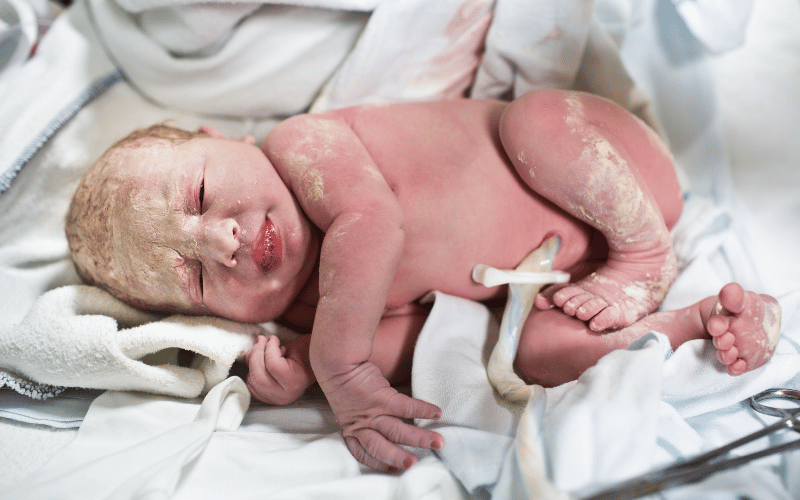Introduction: Nuchal Cords – Unraveling the Mysteries in Pregnancy
Pregnancy is an intricate journey filled with various medical phenomena, one of which is the nuchal cord. The term ‘nuchal cord’ refers to the umbilical cord wrapping around the baby’s neck.

This condition is a common occurrence in pregnancies and often becomes a point of concern for expectant parents. Through this detailed exploration, we aim to demystify nuchal cords by discussing ten critical facts.
Each fact is presented with comprehensive details, aiding in understanding this condition’s nature, implications, and management. This information is vital for expectant parents and healthcare professionals, contributing to informed decisions and peace of mind during pregnancy.
1. Prevalence and Detection of Nuchal Cords: A Frequent Occurrence in Pregnancies

Nuchal cords are not rare in pregnancies. Studies indicate their presence in about 20-30% of all cases. This high prevalence makes understanding nuchal cords essential for expectant parents.
They are typically identified during routine ultrasound scans. Advancements in ultrasound technology have improved the detection of nuchal cords. Early detection is vital in managing the condition throughout pregnancy. It helps in preparing for any potential complications that might arise.
The frequency of nuchal cords varies across different pregnancy stages. They are more commonly observed in the third trimester. The increase in the baby’s activity and movements contributes to this phenomenon. As the baby moves and grows in the womb, the likelihood of the umbilical cord wrapping around the neck increases. Despite their common occurrence, nuchal cords often resolve on their own. They usually do not pose a significant risk to the baby. However, their detection can lead to increased monitoring.
Understanding the detection process is crucial for expectant parents. Ultrasounds provide a non-invasive method to monitor the baby’s development. When a nuchal cord is detected, the healthcare provider will assess its type and tightness. This assessment is crucial in determining the management plan. Parents should engage in open communication with their healthcare provider. They should discuss any concerns and understand the implications of the findings.
The psychological impact of detecting a nuchal cord should not be underestimated. Parents often experience anxiety upon learning about the presence of a nuchal cord. It’s essential for healthcare providers to offer reassurance and support. They should explain the nature of nuchal cords and their usual outcomes. This approach can alleviate concerns and help parents approach the remainder of the pregnancy with confidence. (1)